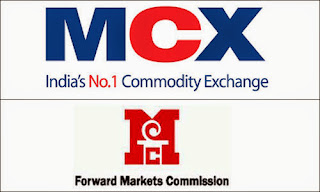* Zinc correction looms; upside potential intact near term-Triland
* LME may quickly implement new warehousing rules, if appeal won-sources
* Coming Up: U.S. Consumer confidence for July at 1400 GMT
Zinc prices matched three-year highs hit the session before on Tuesday and lead inched to a new 17-month top as investors ploughed into metals that have lagged this year and appear undervalued on prospects of reviving global growth.
Manufacturing growth in the world's top metals user China expanded at its fastest clip in 18 months in July, an initial survey showed, while in general the U.S. economy has gathered pace, with a brightening picture seen in its labour market.
This week, second quarter growth in the United States, a jobless report, and an official reading of China's factory health are expected to show fresh signs that a global economic revival has taken hold.
"The macro environment is improving, putting base metals on a solid footing going into the second half, but it's not enough to tighten up the complex as a whole so the market is focusing on those with supply side issues. Clearly zinc and lead are some with the biggest," said ANZ strategist Daniel Hynes in Sydney.
Zinc supply in particular would suffer with several top mines drying up, including Century in Australia, while a recovering construction industry would revive demand from galvanisers.
"The direction is right. It's probably gone a lot quicker than I expected which opens it up for some profit-taking (but)...I wouldn't expect to see a significant sell off," he added.
Three-month zinc on the London Metal Exchange matched Monday's three-year peak of $2,416, signalling investors' appetite for the contract that has jumped nearly nine percent in July.
"The theme from the physical trading community is that zinc has risen too far, too fast... and that the market has to correct downwards. We know that it will, the question is just how high it goes first," said broker Triland in a note.
LME lead rose to $2,305, a new top since late February 2013. Prices moved into positive territory for the year in July and are now up almost four percent for the year.
Lead on the Shanghai Futures Exchange (ShFE) climbed as much as 2 percent, adding to 5 percent gains a day earlier, before trimming gains to 1 percent at 15,320 yuan ($2,500) a tonne by 0228 GMT.
LME copper edged up 0.1 percent to $7,124.50 after small losses in the previous session.
U.S. economic growth likely rebounded in the second-quarter from a winter-induced slump at the start of the year and will probably continue to gather momentum through the rest of 2014. The reading is due on Wednesday.
Elsewhere, the London Metal Exchange (LME) is likely to move quickly to implement its tough warehousing rules to cut backlogs if it is successful at an appeal hearing this week, metals market sources said.






